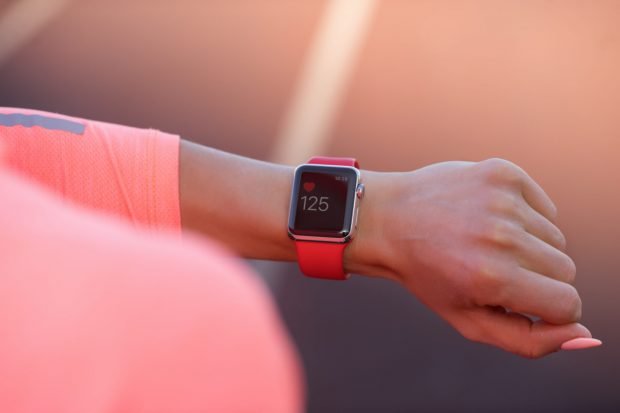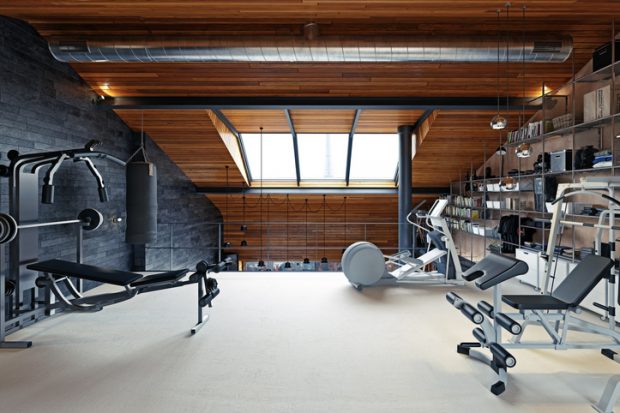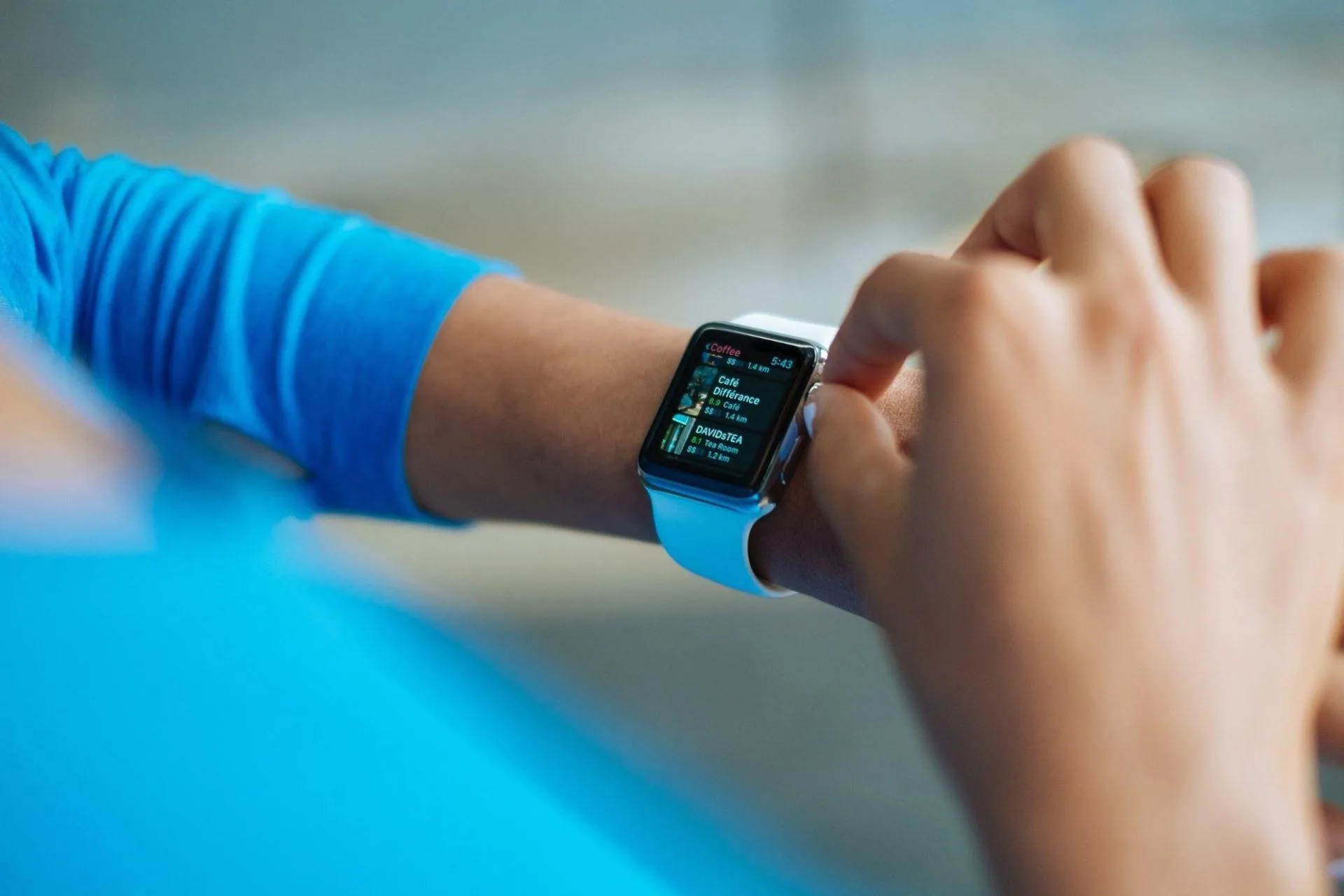Over the past two years, many people have realized the importance of wellness. The demand for psychiatric services has increased. In 2021 alone, the American Psychological Association reported that over 84% of psychologists treating anxiety disorders have seen an increase in the demand for their services.
The good news is that the wellness industry has produced new tools. They have also produced methods to help vulnerable individuals cope with stressful situations. Many of these focus on improving mental and physical wellness among active adults and the elderly.
As economic and social uncertainty still lingers, it’s important to learn about the latest wellness tech. We also need to consider how it can improve our lives and our reaction to drastic changes. Let’s look at a few of these developments as they emerge.
5 Technologies That Are Improving the Culture of Wellness
1. AI Wellness Assistants
Artificial intelligence is getting smarter as it continues to penetrate the wellness market. AI personal trainers have been around for some time, but they are now being used to help people understand their true emotional state. Recently, this application has made breakthroughs in diagnosing clinical depression and stress.
For instance, Opsis Emotion AI — an emotion analysis software developed by a Singaporean company — is used in a pilot program for diagnosing the mental health conditions of over 4,300 Singaporean seniors.
The technology uses a facial recognition system that uses algorithms to analyze subtle changes in facial features. With this, the technology enables caregivers to detect the earliest symptoms of depression and identify warning signs that point toward suicidal tendencies. The program is a partnership between Opsis and the public sector. Once successful, the program can provide people with an effective method for observing self-care.
2. Smartwatches for Heart Health
 Designed as fitness aids, smartwatches also analyze emotional wellness. Many of the products on the market now come with sensors for tracking sleep patterns and monitoring signs of severe stress. The sensors gather information on the wearer’s heart rate, blood pressure, and sweat. This biofeedback data is also an indicator of stress levels. This allows the wearer to make adjustments to their lifestyle or seek medical attention.
Designed as fitness aids, smartwatches also analyze emotional wellness. Many of the products on the market now come with sensors for tracking sleep patterns and monitoring signs of severe stress. The sensors gather information on the wearer’s heart rate, blood pressure, and sweat. This biofeedback data is also an indicator of stress levels. This allows the wearer to make adjustments to their lifestyle or seek medical attention.
Smartwatches can be effective tools for practicing self-care. Once worn, they can monitor an individual’s overall condition and notify them about subtle cardiovascular changes that could lead to stroke or a heart attack. In an article published on the Harvard Medical School website, a smartwatch with a built-in ECG sensor is reported to be up to 95% accurate at detecting the earliest signs of heart problems.
There is still more room for smartwatch technology to evolve. However, the use of wearable gadgets can provide people with insights on how to better take care of themselves. It can also encourage them to adopt appropriate wellness activities, and discontinue destructive habits.
3. Aura Cameras
For centuries, humans have been fixated on the presence of energies that provide insights into unique personalities. New technology is making this approach easier. With the use of aural cameras, wellness centers and trainers can run real-time simulations of energy centers and offer complete insights on all metrics that play a role in achieving optimal wellness.
This technology brings exciting opportunities not just for spas and meditation studios, but it can also provide information on a person’s psychological state. While they have yet to be used in clinical settings, the continued enhancement of aura cameras offers mental health centers an accurate tool for delivering effective psychiatric interventions before a condition worsens.
4. Smart Home Fitness Facilities
 Social distancing measures have forced many people to set up fitness studios or gyms at home. This trend continues as the number of employees who opted to work from home permanently is expected to rise. According to Forbes, about 25% of all professional jobs will shift to a permanent remote work set up by the end of this year.
Social distancing measures have forced many people to set up fitness studios or gyms at home. This trend continues as the number of employees who opted to work from home permanently is expected to rise. According to Forbes, about 25% of all professional jobs will shift to a permanent remote work set up by the end of this year.
With this significant shift in work culture, employees who are about to transition to this new reality will find it convenient to bring the gym to their living rooms. This will also increase the demand for smart fitness equipment. Everything from treadmills to rowing machines now features HD monitors that allow for a more personalized workout experience. By investing in these facilities, they can keep fit without having to leave home.
5. Telemedicine Services
One important development over the past two years is the use of telemedicine. This approach has enabled doctors to provide diagnostic services and arrange consultations with vulnerable patients. With the convenience and safety they bring, offering telemedicine services has become a standard among clinics and practitioners.
The U.S. Department of Health and Human Services reported a 63-fold increase in the use of telehealth. This comes as patients seek more flexible interactions with their healthcare providers. Due to the potential successes of using these methods to deliver quality care, Congress has introduced changes in video conferencing requirements. This is to enable a wider acceptance of telemedicine services now that the healthcare center embraces the internet of things.
Bottom line
There’s a lot more we should be looking forward to as the wellness sector harnesses new technology. With these developments so far, we can become more hands-on when it comes to securing our physical and mental well-being.





![women [longevity live]](https://longevitylive.com/wp-content/uploads/2020/01/photo-of-women-walking-down-the-street-1116984-100x100.jpg)









